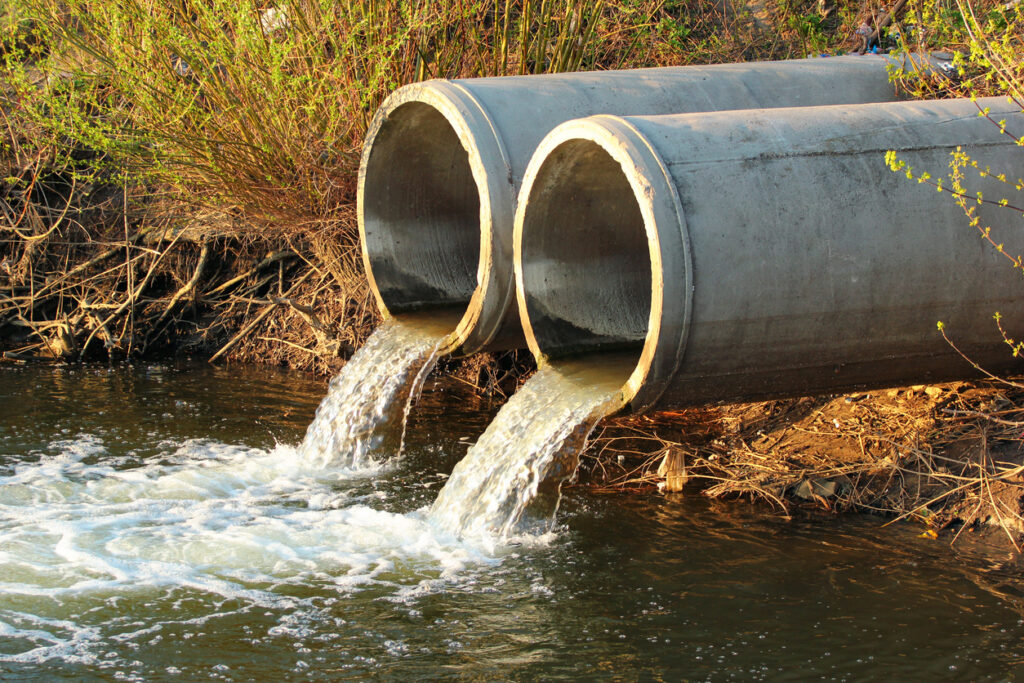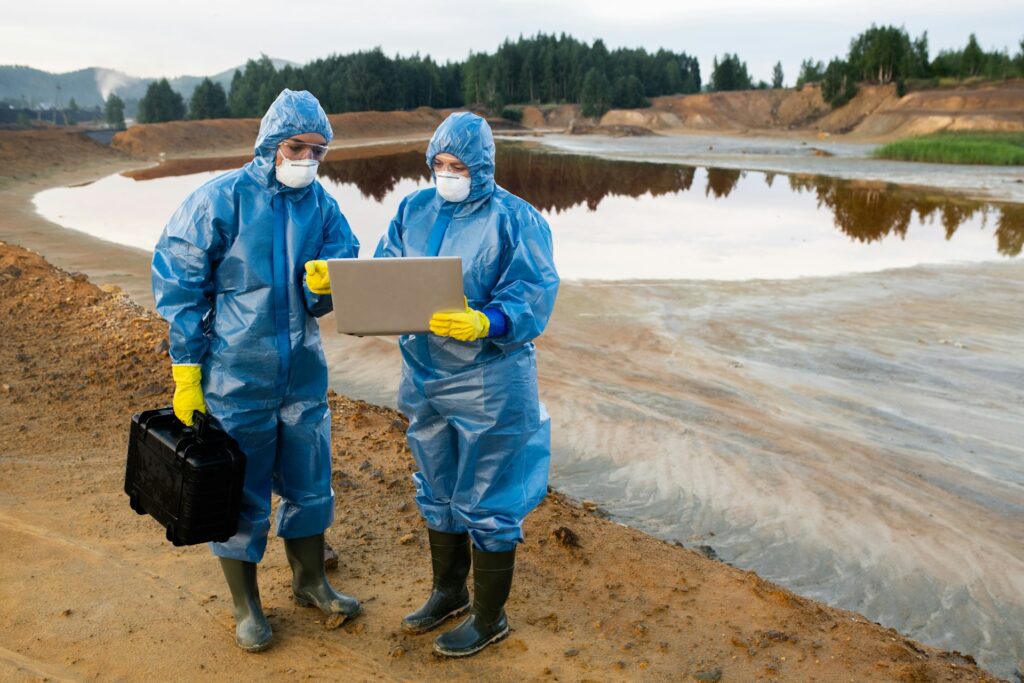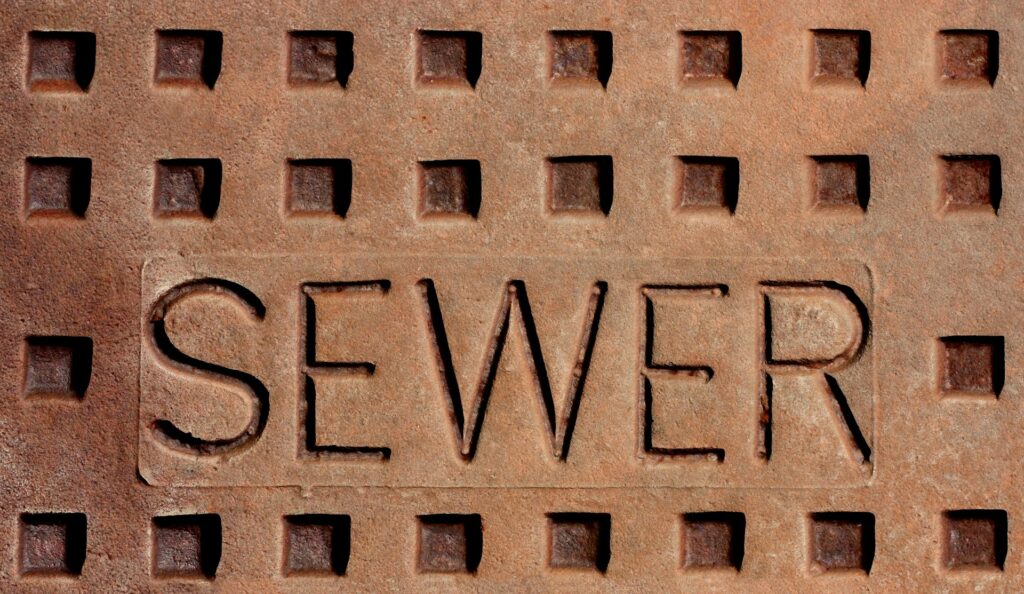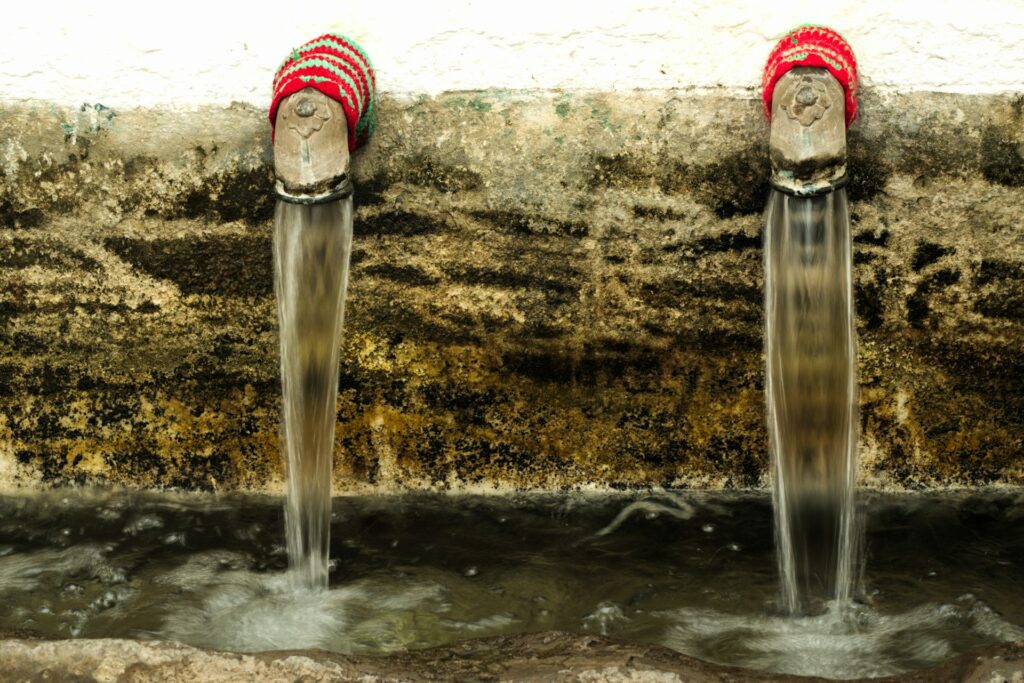In 2024 alone, sewage was discharged into UK waterways for an eye-watering 4.7 million hours.

That’s not a typo. Water companies logged nearly 600,000 separate sewage spills over the course of the year, and pollution incidents rose by a third, according to data from charity Surfers Against Sewage, as reported by The Guardian. Rivers, lakes, and coastal waters across the country have become dumping grounds for untreated human waste. From wild swimmers to dog walkers to environmental scientists, people have been left asking how we’ve ended up in a situation where raw sewage is being pumped into natural spaces with such regularity.
It’s more than just unpleasant. It’s dangerous, it’s preventable, and it’s exposing deep cracks in how the UK’s water system is being run. So what’s really going on here? It’s important to know how we got here, why this keeps happening, and what (if anything) is being done to stop it.
How did it get this bad?

This isn’t a one-off or a blip caused by an unusually rainy year. The problem has been growing for decades, and much of it comes back to the country’s ageing infrastructure. A large chunk of the UK’s sewage network was built in the 19th century, and it still relies on combined sewer systems. These are old designs where both rainwater and sewage go down the same pipes. That might have worked fine when fewer people were flushing loos and cities weren’t paved over to the same extent, but today it’s a different story.
When there’s heavy rain, the system gets overwhelmed. Instead of backing up into people’s homes, the excess is released into rivers and seas. That’s what’s known as a Combined Sewer Overflow, or CSO. Technically, these discharges are legal, but they’re supposed to be occasional, only when the system is at risk of flooding. In reality, they’re happening far more often than that, and sometimes even in dry weather, per BBC News.
So why is it still happening? Part of the issue is that water companies aren’t investing fast enough to modernise and expand the system. According to critics, this is a direct result of the way the industry was privatised in the late 1980s. Since then, companies have focused on delivering profits to shareholders, handing out billions in dividends, rather than pouring money into long-term infrastructure projects. In 2023-2024 alone, companies paid out £1.2 billion, even while pollution events continued to rise.
And then there’s enforcement, or the lack of it. Regulators have been criticised for not acting quickly or strongly enough when water companies break the rules. Some firms have been allowed to monitor themselves, leading to underreporting or missing data. That lack of accountability has only made things worse.
The knock-on effects

When sewage is dumped into rivers and seas, the effects ripple outwards. Environmentally, the damage is severe. Raw sewage reduces oxygen levels in the water, making it harder for fish and aquatic life to survive. It also leads to algal blooms, which can choke off ecosystems and cause long-term harm. Rivers that were once thriving are now filled with waste, and many of Britain’s blue-flag beaches have seen repeated warnings over contamination levels.
People are feeling it too. In 2024, a publicly accessible health tracker logged 1,853 cases of illness linked to UK waters, and doctors attributed nearly 80% of those to sewage pollution, according to The Independent. These are not isolated cases. Surfers, swimmers, paddleboarders, anglers—anyone spending time in or near the water is at risk. We’re talking about stomach bugs, skin infections, and more serious conditions caused by bacteria and viruses present in untreated waste.
There’s also a psychological toll. People feel angry and powerless. Local clean-up groups and river conservation charities report rising frustration, saying their efforts are being undercut by decisions made far upstream, sometimes literally. Communities who take pride in their local waterways are watching them be turned into open sewers.
And economically, there are wider implications. Polluted beaches hurt tourism. Contaminated rivers affect fishing and outdoor recreation. Water quality has a direct link to the health of both ecosystems and local economies.
What’s being done, and is it enough?

Under pressure from campaigners, MPs, and the public, water companies and the government have been forced to respond. There’s now a promise of £12 billion in investment to reduce storm overflows and improve treatment facilities by 2030, according to Ofwat. That includes projects like the Thames Tideway Tunnel, a huge new sewer being built beneath London to catch excess sewage before it reaches the Thames. Known as the “super sewer,” it’s expected to make a huge difference, but it’s been years in the making and won’t fix everything on its own.
The government has also updated environmental legislation to give regulators more power. The Environment Agency can now issue automatic fines for sewage discharges, and there’s a push to make monitoring of every sewage outlet compulsory. New rules are also being drawn up that could allow criminal charges against company executives where negligence is proven (UK Government).
Meanwhile, a water restoration fund has been set up to redirect fines from water companies into repairing some of the environmental damage. Between April 2022 and October 2023, this pot collected £11 million (The Guardian). That money will go to projects aimed at cleaning up rivers, improving habitats, and supporting local conservation efforts.
These steps are a start, but many campaigners argue they don’t go far enough. Much of the promised investment has yet to materialise, and critics worry that water companies are being left too much to regulate themselves. There’s also concern that political will is inconsistent, with environmental priorities fluctuating depending on who’s in office.
So, what’s next?

Fixing the UK’s sewage problem won’t happen overnight, but the roadmap is clear. First and foremost, the country needs a properly funded, long-term plan to overhaul its outdated wastewater infrastructure. That means building more treatment plants, increasing capacity, and separating stormwater from sewage in the system where possible. It’s costly, sure, but leaving things as they are will cost more in the long run.
Transparency also matters. Every sewage outlet should be monitored, and the public should have easy access to that data in real time. That way, people can make informed decisions about where they swim or fish, and companies can be held accountable when they don’t follow the rules.
Then there’s enforcement. Regulators need the resources and political backing to do their job properly. That includes carrying out inspections, investigating breaches, and issuing penalties that actually make companies change their behaviour, not just chalk it up as a business expense.
Public pressure is going to be key here too. The more people speak out—whether that’s through petitions, protests, or simply spreading awareness—the harder it becomes for those in power to ignore the issue. Groups like Surfers Against Sewage and The Rivers Trust have already helped push sewage into the national spotlight. Now it’s about keeping it there.
We can’t ignore the problem any longer.

Sewage pollution in the UK has been quietly escalating for years, but it’s no longer possible to pretend it’s just an unfortunate side effect of modern life. It’s a reflection of poor infrastructure, weak regulation, and political decisions that haven’t prioritised environmental health. And it’s affecting the places we value most: our rivers, our coastlines, our shared green spaces.
The recent surge in public interest and political pressure is encouraging. But unless promises translate into real, sustained action, we’ll be having this same conversation for years to come. Cleaning up the UK’s waterways won’t be simple, but it’s absolutely possible with investment, transparency, and proper oversight.
Until then, the question remains: how much longer are we willing to accept a system that treats our rivers like dumping grounds?